Diverse in every way, South Africa is a land often explored by the avid of travellers. Be it bird watching in extensive grasslands, Jeep safari’s in well preserved national parks, stargazing under camps in Kalahari desert to shark cage diving, this country is sure to please everyone with just a single visit. Johannesburg, in South Africa, hides the world’s largest secret: the story of human evolution. Protected by velds, and acres of endless grasslands of acacias and foliage is the ground-breaking reality of these dolomitic limestone caves, the Cradle of Humankind, Johannesburg. So, what’s the buzz?
Located in Gauteng, the Cradle of Humankind was crowned as one among the ten UNESCO World Heritage Sites in the country in 1999. Deep down in its labyrinth of limestone caves and sinkholes lies the priceless secrets of human evolution – “the hominid fossils”. It is also home to other ancient forms of plants, animals and importantly, Hominidae. Read more to know why this is a famed fossil hub and how to get here.

How to get here?
A 45 min drive from Johannesburg, South Africa should get you to the Cradle of Humankind. Spread across 47,000 hectares, this land is full of lush grasslands and home to some of the world’s greatest discoveries about humanity and has earned the moniker “Birthplace of Humankind”
Did you know? The dolomite in the caves is said to have started out as coral reefs some 2.3 billion years ago.
Top things to do in the Cradle of Humankind, Johannesburg (South Africa)
Maropeng – Museum

Maropeng is a grave mound-shaped exhibition centre, a museum commemorating the excavation sites nearby. It is here, where you can unveil the research and gaze at the fossils found so far. A visit here is any history buffs dream come true.
Sterkfontein Caves
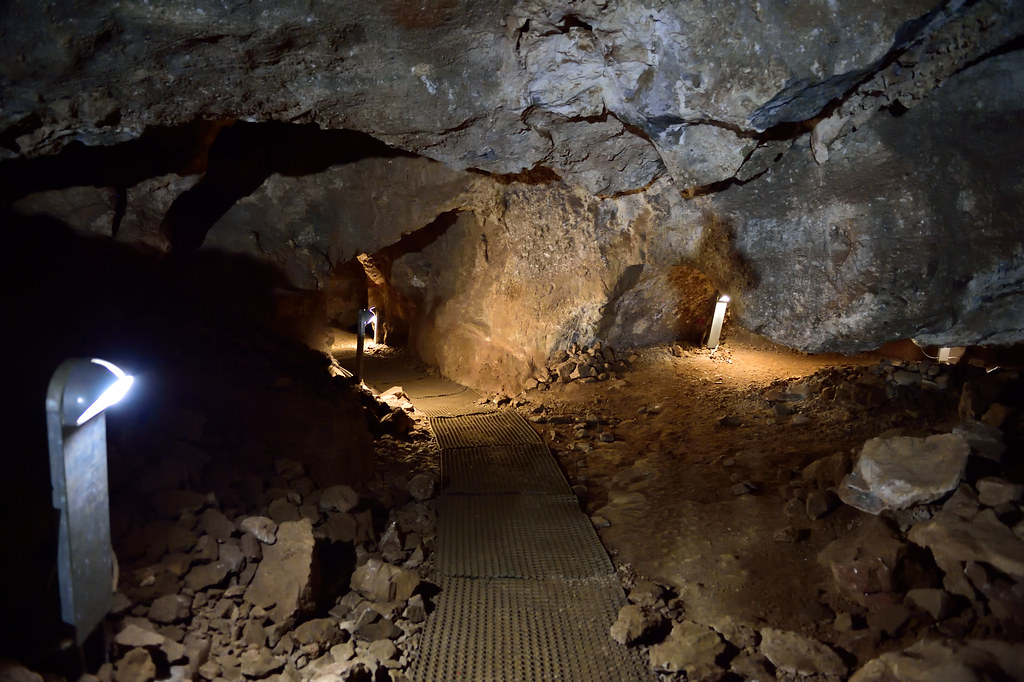
One of the longest and home to one of the most crucial discoveries that put South Africa in the top spot in the list of palaeoanthropological sites in the world. Sterkfontein Caves is a labyrinth of limestone accessed by a coarse staircase. The fossil findings here are ongoing even to this date. The first discovery was made in 1947, “Mrs Ples”, the most complete skull of an Australopithecus africanus ever found in South Africa. Later in 1997, a 3.5 million-year-old, a complete hominid skeleton (“Little Foot”) was excavated here. Sterkfontein Caves is one of the most visited caves in the cradle.
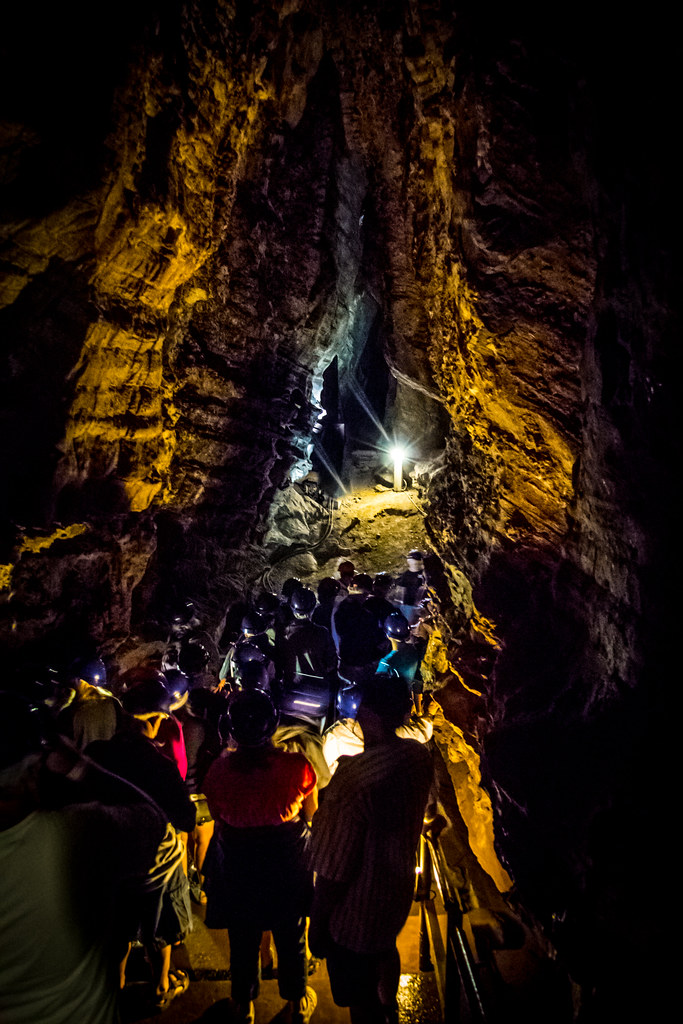
Wonder Cave
The Wonder Cave in Kromdraai, Gauteng is the third largest cave systems in South Africa. It is 60-metre deep and can be accessed by an elevator for travellers.

Isn’t this too much history for a vacation, you say? Fret not, there’s more to this place, throw in a visit to Sculpture park at the Nirox Foundation, the National Botanical Gardens of Walter Sisulu, a comfortable stay in one of the game lodges with friendly animal inhabitants coming in to say “hello” should get you excited.
Get started and plan your South africa holiday package to this exquisite piece of land and satisfy your piqued curiosity with Pickyourtrail on our travel app. We will be all ears to your travel stories once you are back home.
Related Itineraries
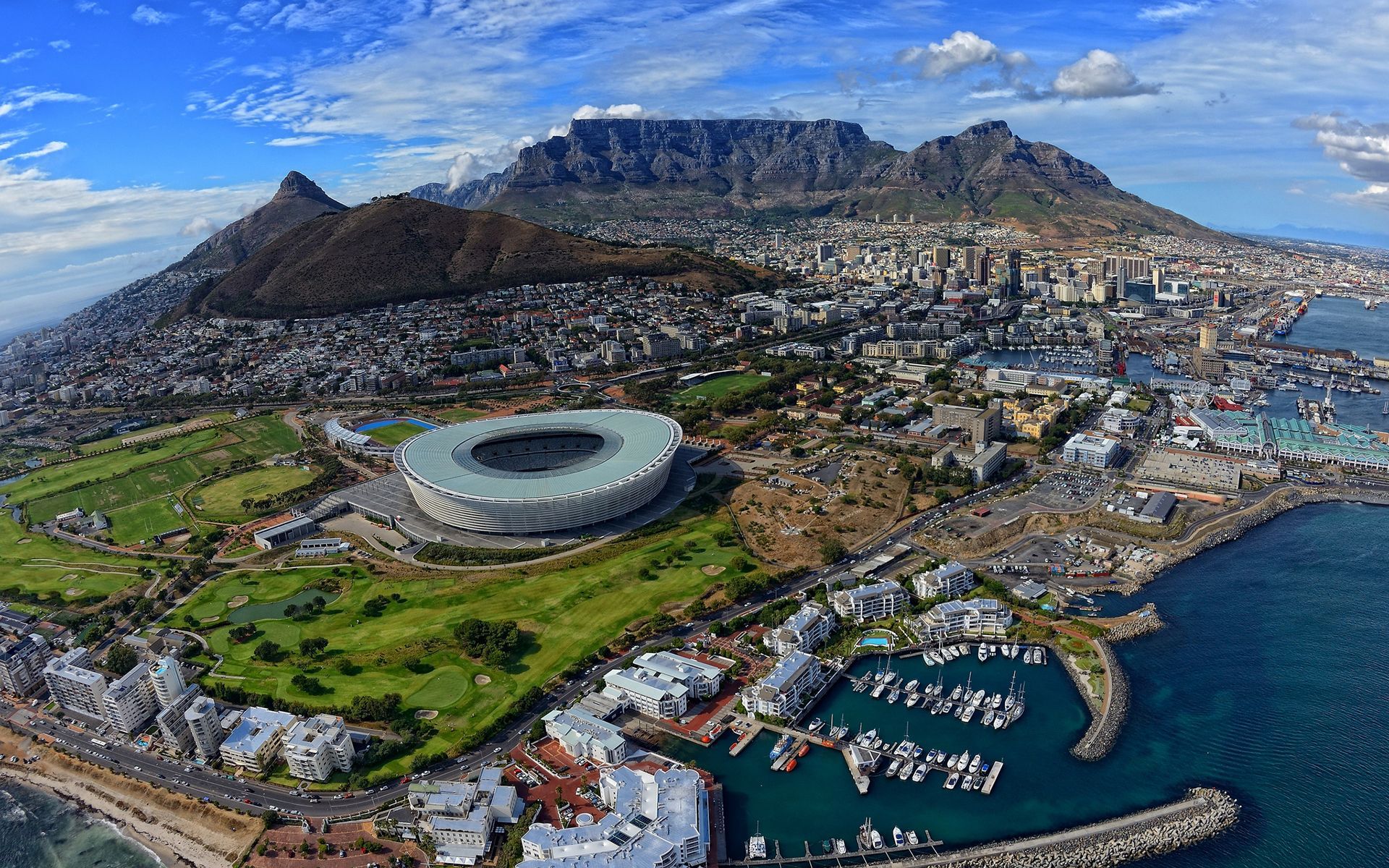
Unforgettable 8 Nights South Africa Packages
- Flights included
- 4 star accommodations
- 5 activities
- Transfers excluded
₹ 1,38,296
Starting price/person
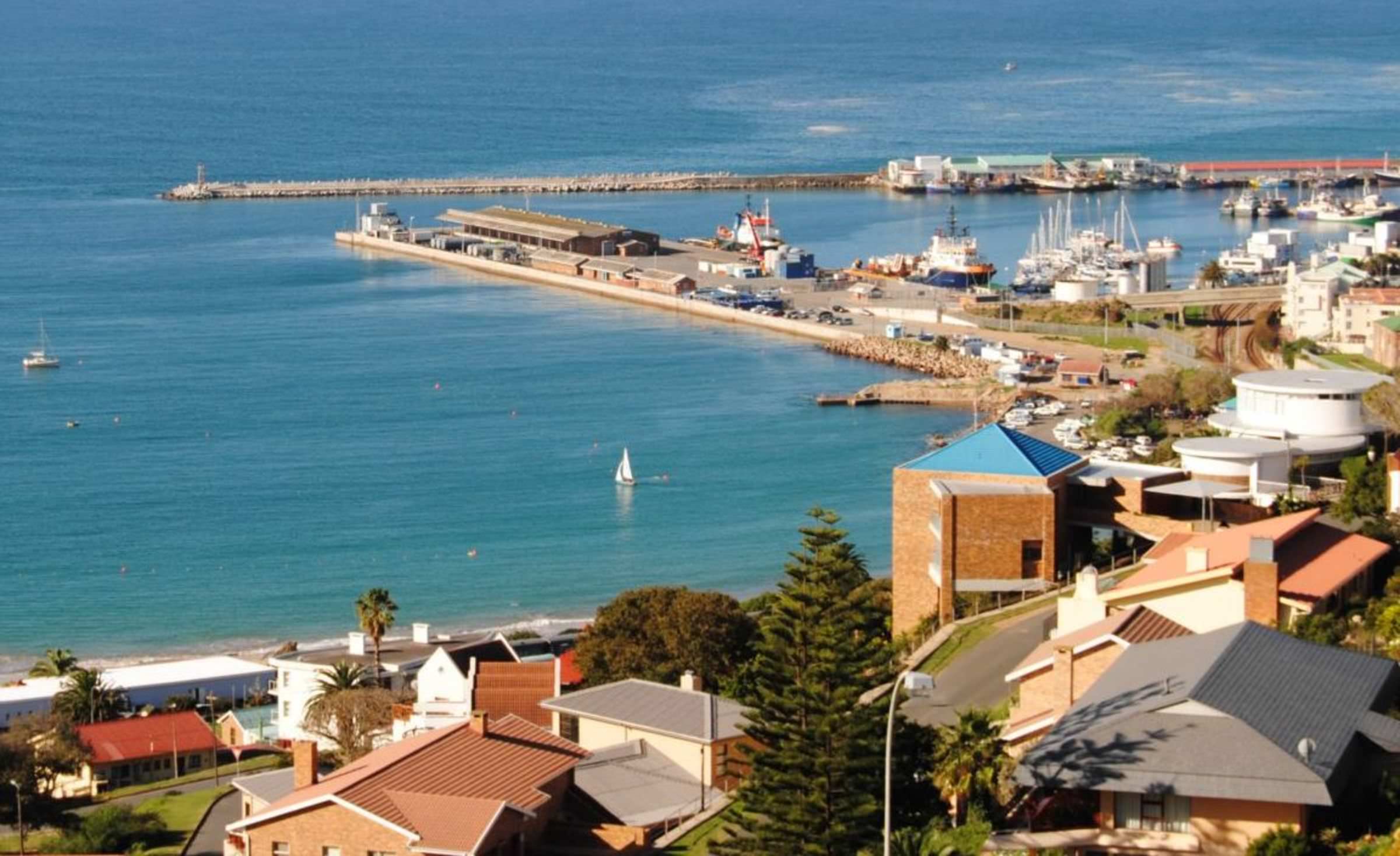
Fun-filled 7 Nights South Africa Tour Packages
- Flights included
- 3.5 star accommodations
- 3 activities
- Shared transfer
₹ 1,41,679
Starting price/person

Magical 8 Nights South Africa Packages from India
- Flights included
- 4 star accommodations
- 5 activities
- Transfers excluded
₹ 1,50,885
Starting price/person

Blissful 8 Nights South Africa Vacation Packages All Inclusive
- Flights included
- 4 star accommodations
- 5 activities
- Transfers excluded
₹ 1,51,604
Starting price/person

An epic 10 day South Africa itinerary for the wanderers
- Flights included
- 4 star accommodations
- 9 activities
- Transfers excluded
₹ 1,62,328
Starting price/person

Exquisite 7 Nights South Africa Tour Packages
- Flights included
- 4 star accommodations
- 5 activities
- Private transfer
₹ 1,70,239
Starting price/person
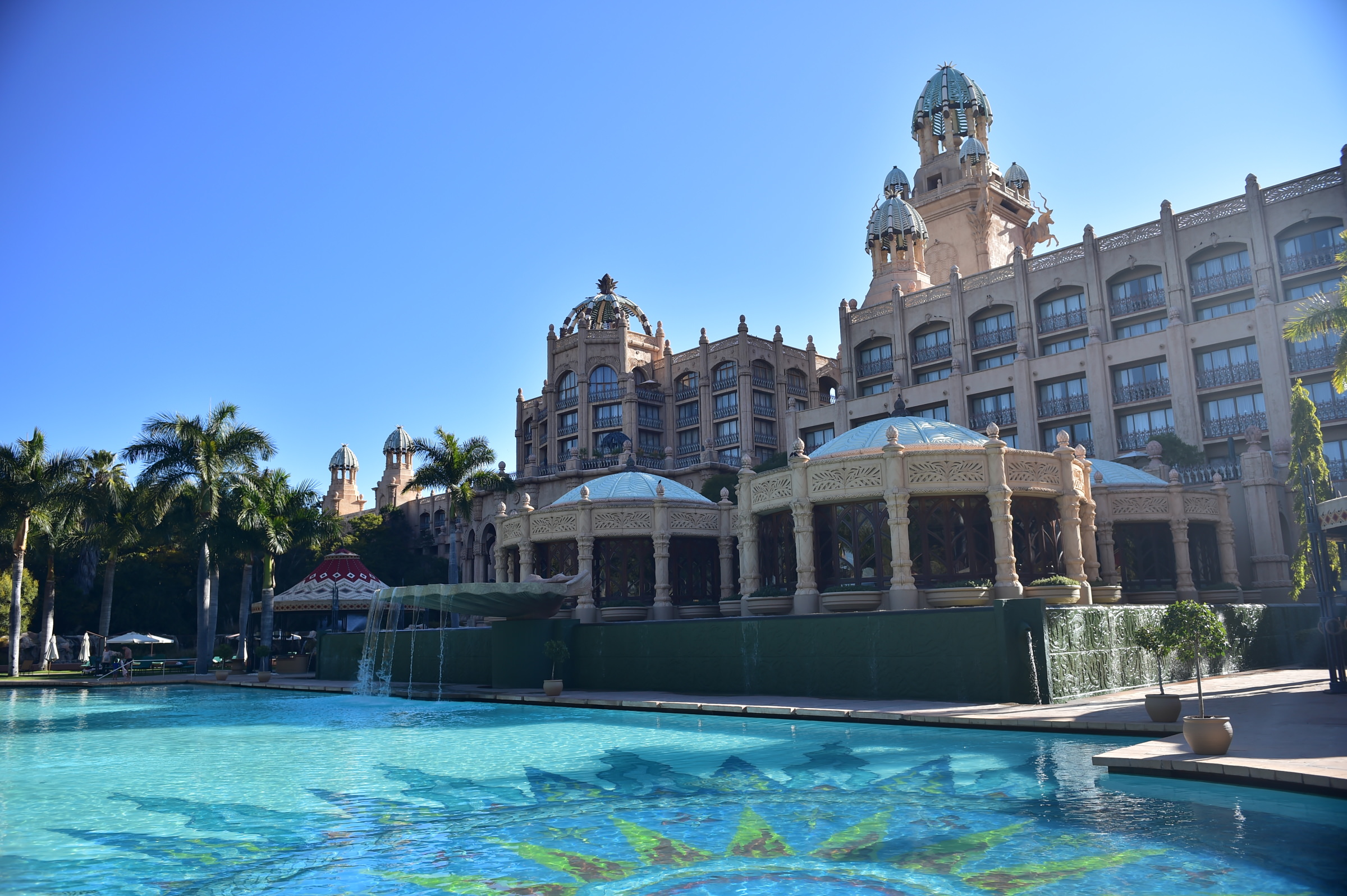
An epic 11 day South Africa itinerary for the wanderers
- Flights included
- 4 star accommodations
- 6 activities
- Private transfer
₹ 1,73,317
Starting price/person

Luxury redefined : A 10 day South Africa itinerary
- Flights included
- 4 star accommodations
- 8 activities
- Transfers excluded
₹ 1,75,234
Starting price/person
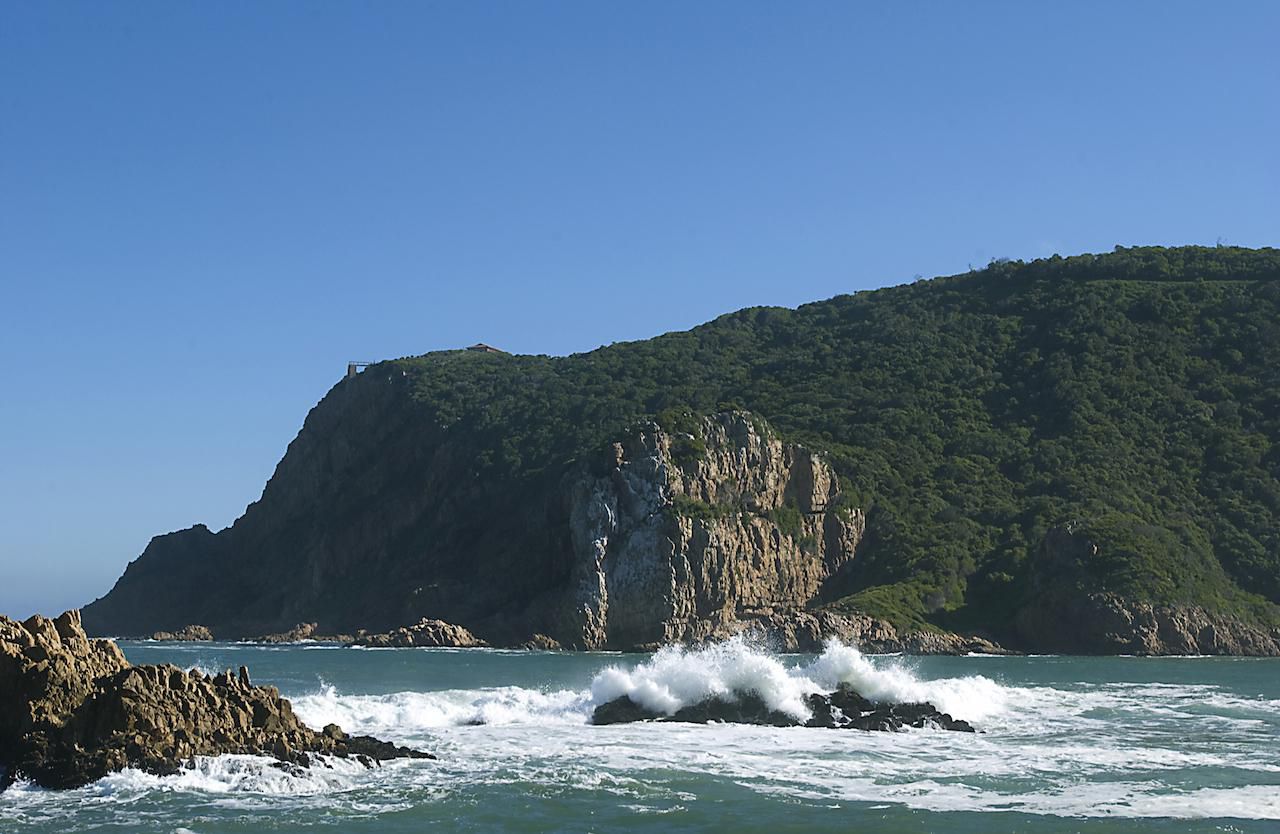
Mesmerizing 11 Nights South Africa Packages from India
- Flights included
- 5 star accommodations
- 4 activities
- Transfers excluded
₹ 1,75,796
Starting price/person
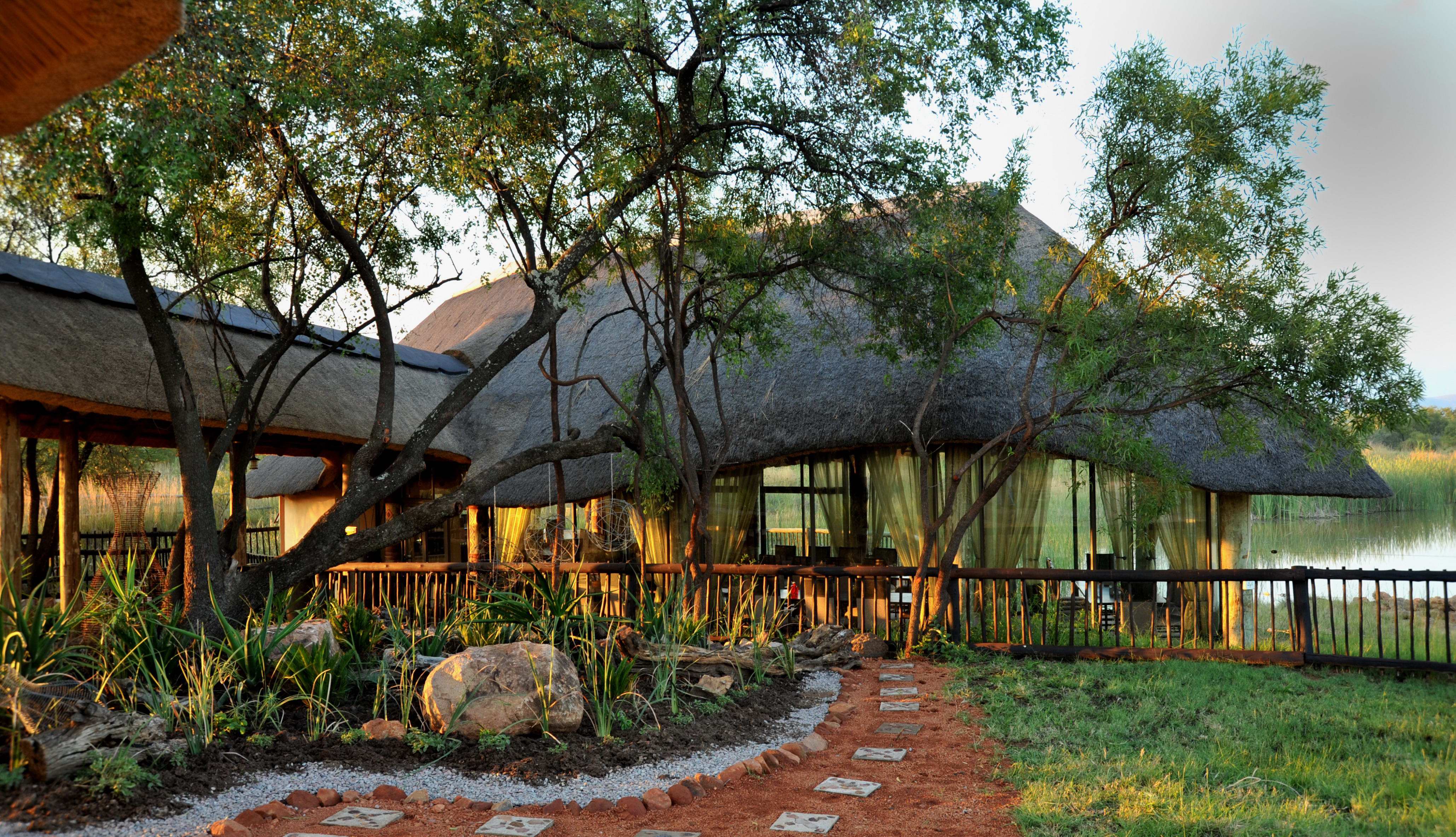
Fun 8 Nights South Africa Vacation Packages All Inclusive
- Flights included
- 5 star accommodations
- 3 activities
- Transfers excluded
₹ 1,76,870
Starting price/person



